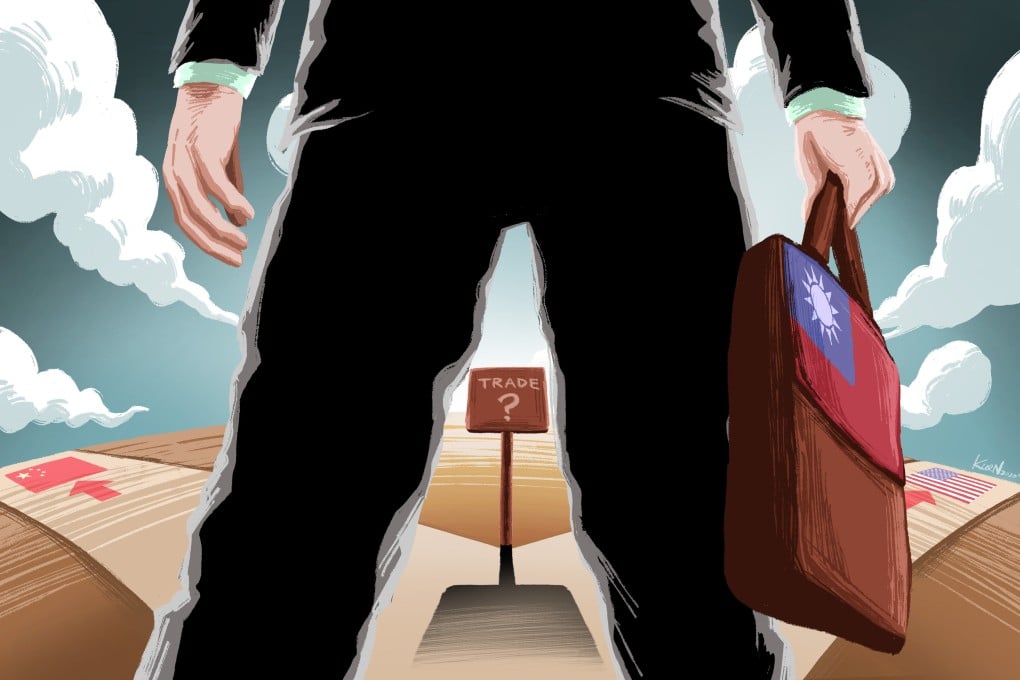Advertisement
Explainer | China-Taiwan trade, and everything you need to know
- Nancy Pelosi’s visit to the self-ruled island ramped up tensions across the Taiwan Strait, but the exchange of goods with mainland China remains critically important for both sides
- However, cross-strait economic relations are not as strong as they once were, and the island’s current independence-leaning leadership is looking to further decouple
Reading Time:4 minutes
Why you can trust SCMP
2

US House of Representatives Speaker Nancy Pelosi has visited Taiwan in defiance of strong opposition from mainland China, and it is shaping up to have far-reaching implications for trade.
Tensions across the Taiwan Strait have heated up since the pro-independence Tsai Ing-wen was elected president in 2016. Beijing regards the island as a breakaway province that must be reunified with the mainland – by force, if necessary.
Yet, economic figures between the two economies illustrate how important trade remains across the strait. Mainland China is Taiwan’s biggest trade partner, while Taiwan is one of the few economies that have a trade surplus with mainland China.
Advertisement
The mainland overtook Hong Kong as Taiwan’s top export economy in 2004, and it has held that position for 18 and a half years. Meanwhile, the mainland has been the largest supplier of goods to Taiwan since 2014.
What does mainland China buy from Taiwan?
In 2021, the mainland accounted for 28.21 per cent of Taiwan’s total exports, by value.
Advertisement
Advertisement
Select Voice
Choose your listening speed
Get through articles 2x faster
1.25x
250 WPM
Slow
Average
Fast
1.25x